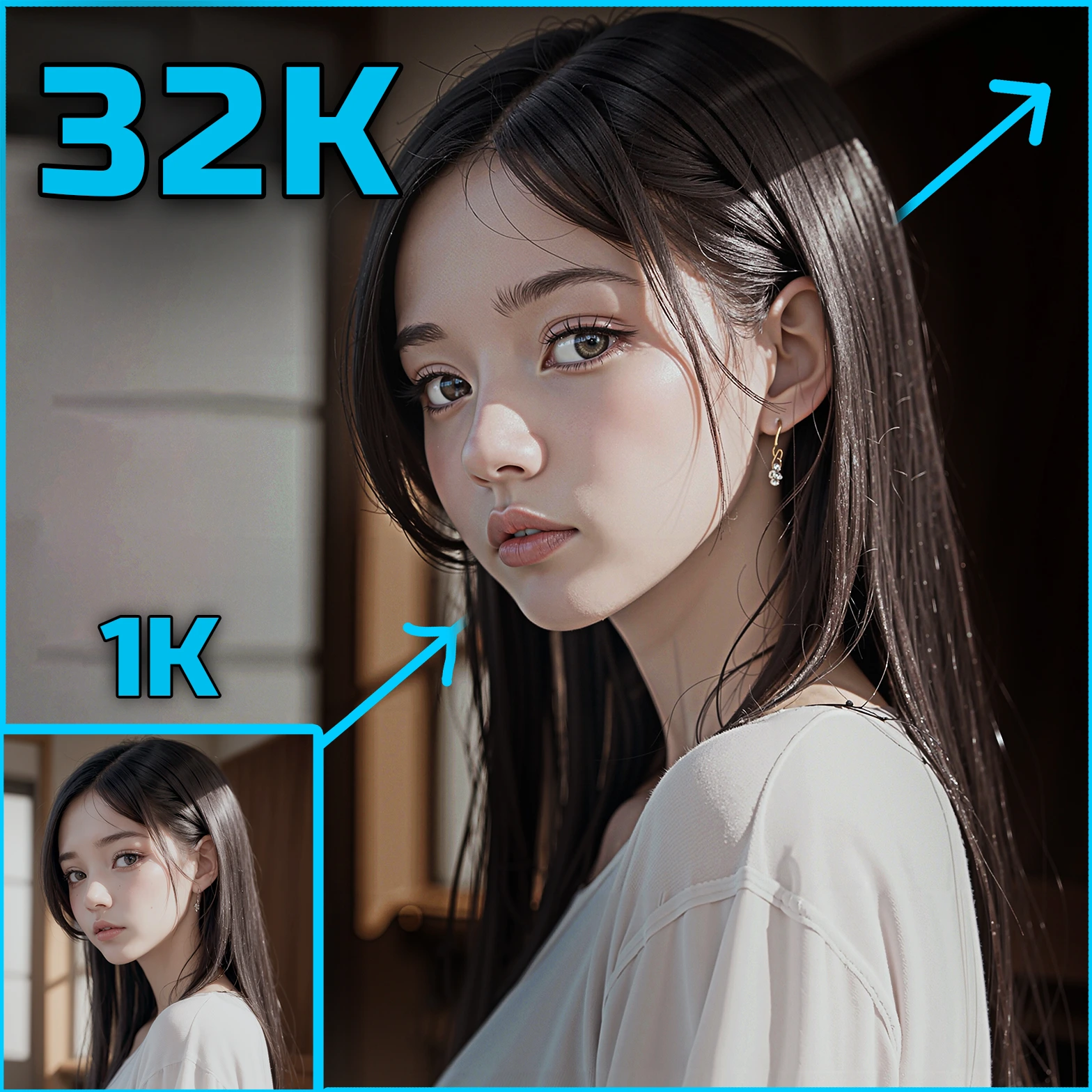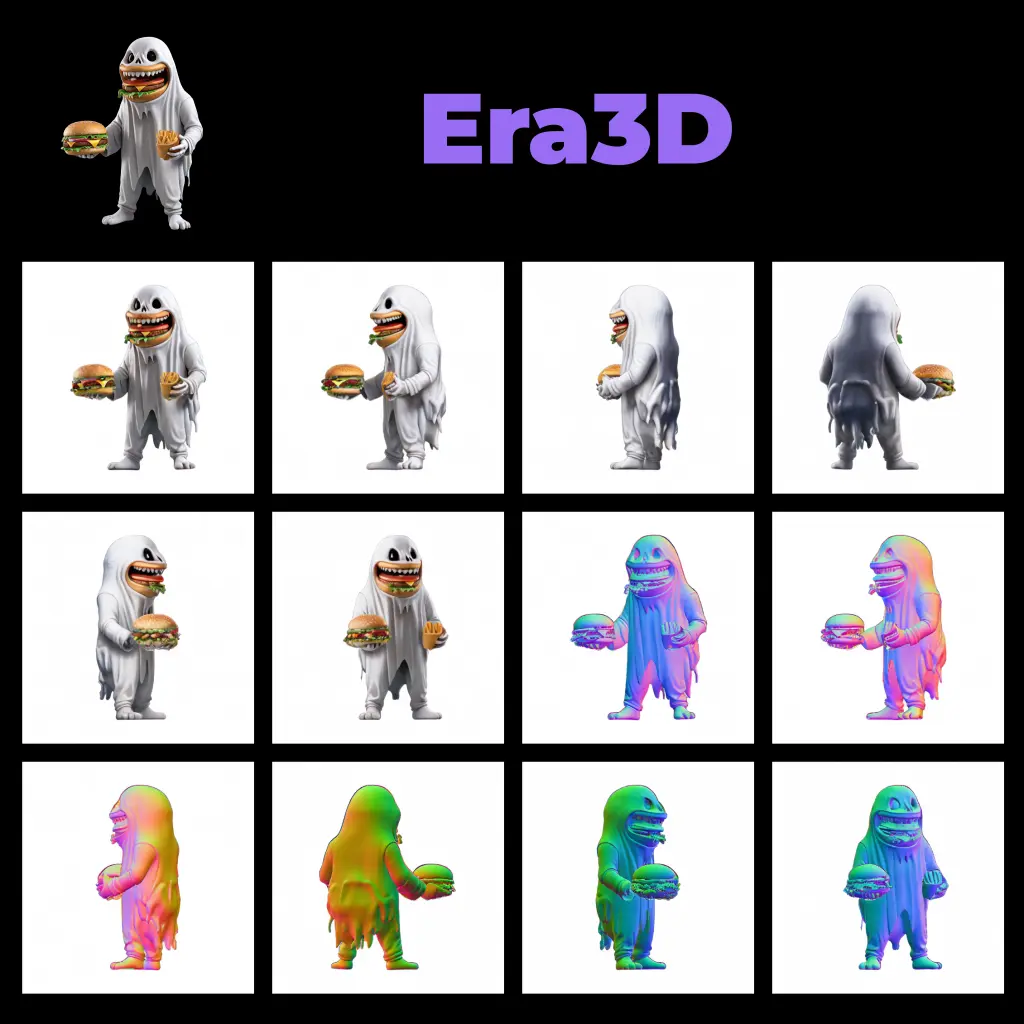ComfyUI Node: Simple Detector for AnimateDiff (SEGS)
ImpactSimpleDetectorSEGS_for_AD
CategoryImpactPack/Detector
Dr.Lt.Data (Account age: 747days) Extension
ComfyUI Impact Pack Latest Updated
2025-03-23 Github Stars
2.28K
How to Install ComfyUI Impact Pack
Install this extension via the ComfyUI Manager by searching for ComfyUI Impact Pack- 1. Click the Manager button in the main menu
- 2. Select Custom Nodes Manager button
- 3. Enter ComfyUI Impact Pack in the search bar
Visit ComfyUI Online for ready-to-use ComfyUI environment
- Free trial available
- 16GB VRAM to 80GB VRAM GPU machines
- 400+ preloaded models/nodes
- Freedom to upload custom models/nodes
- 200+ ready-to-run workflows
- 100% private workspace with up to 200GB storage
- Dedicated Support
Simple Detector for AnimateDiff (SEGS) Description
Specialized node for AI artists in AnimateDiff, streamlining object detection and segmentation with advanced models for precise results.
Simple Detector for AnimateDiff (SEGS):
ImpactSimpleDetectorSEGS_for_AD is a specialized node designed for AI artists working with AnimateDiff, providing a streamlined and efficient way to detect and segment objects within images. This node leverages advanced segmentation models to identify and isolate specific elements in an image, making it easier to apply animations or other effects to these elements. By simplifying the detection process, it allows you to focus on the creative aspects of your work without getting bogged down by technical details. The node is particularly beneficial for tasks that require precise object segmentation, ensuring high-quality results with minimal effort.
Simple Detector for AnimateDiff (SEGS) Input Parameters:
segm_model
This parameter specifies the segmentation model to be used for detecting objects within the image. The model is pre-trained to recognize various objects and segment them accurately. The choice of model can significantly impact the quality and accuracy of the segmentation. Ensure you select a model that is well-suited for the type of objects you are working with.
image
The image parameter is the input image that you want to process. This image will be analyzed by the segmentation model to detect and segment objects. The quality and resolution of the image can affect the accuracy of the segmentation, so it is advisable to use high-quality images for the best results.
threshold
The threshold parameter determines the confidence level required for the model to consider a detection valid. It is a floating-point value ranging from 0.0 to 1.0, with a default value of 0.5. A higher threshold means that only detections with higher confidence will be considered, which can reduce false positives but may also miss some valid detections. Adjust this value based on the specific requirements of your project.
dilation
This parameter controls the dilation applied to the segmented masks. It is an integer value ranging from 0 to 255, with a default value of 0. Dilation can help in refining the edges of the segmented objects, making them more pronounced. Increasing the dilation value can make the segmented areas larger, which might be useful for certain effects or animations.
Simple Detector for AnimateDiff (SEGS) Output Parameters:
mask
The output of this node is a mask that represents the segmented areas of the input image. This mask can be used to isolate specific objects within the image, allowing you to apply animations or other effects to these objects. The mask is a binary image where the segmented areas are highlighted, making it easy to identify and work with the detected objects.
Simple Detector for AnimateDiff (SEGS) Usage Tips:
- Adjust the threshold parameter to balance between accuracy and the number of detections. A higher threshold reduces false positives but may miss some objects.
- Use high-quality images to improve the accuracy of the segmentation. Low-resolution images can lead to poor segmentation results.
- Experiment with the dilation parameter to refine the edges of the segmented objects. This can help in achieving a more polished look for your animations.
Simple Detector for AnimateDiff (SEGS) Common Errors and Solutions:
"Model not found"
- Explanation: The specified segmentation model could not be found or loaded.
- Solution: Ensure that the model name is correct and that the model is properly installed and accessible.
"Invalid image format"
- Explanation: The input image is not in a supported format.
- Solution: Convert the image to a supported format (e.g., JPEG, PNG) and try again.
"Threshold out of range"
- Explanation: The threshold value is outside the acceptable range of 0.0 to 1.0.
- Solution: Adjust the threshold value to be within the specified range.
"Dilation value out of range"
- Explanation: The dilation value is outside the acceptable range of 0 to 255.
- Solution: Adjust the dilation value to be within the specified range.
Simple Detector for AnimateDiff (SEGS) Related Nodes
- Description
- Simple Detector for AnimateDiff (SEGS):
- Simple Detector for AnimateDiff (SEGS) Input Parameters:
- Simple Detector for AnimateDiff (SEGS) Output Parameters:
- Simple Detector for AnimateDiff (SEGS) Usage Tips:
- Simple Detector for AnimateDiff (SEGS) Common Errors and Solutions:
- Related Nodes
RunComfy is the premier ComfyUI platform, offering ComfyUI online environment and services, along with ComfyUI workflows featuring stunning visuals. RunComfy also provides AI Playground, enabling artists to harness the latest AI tools to create incredible art.




